A new exhibition celebrates Biba: the brand synonymous with Sixties style
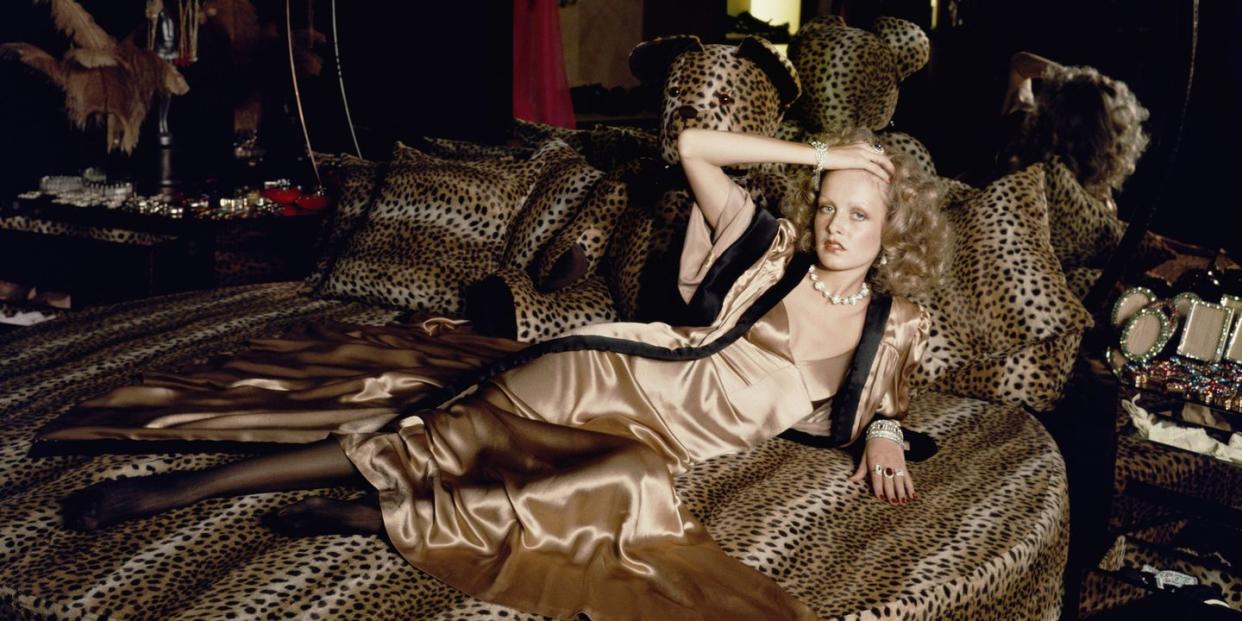
Fans of Sixties styling should make room in their calendars for the latest sartorial celebration: the first ever Biba exhibition, at the Fashion and Textile Museum in London. The Biba Story, 1964-1975 examines the history of this world-renowned fashion brand, from the first simple shift dresses to the glamorous wraps, leopard-print coats and feather boas that came to epitomise the Biba look – and became symbolic of the era's style.
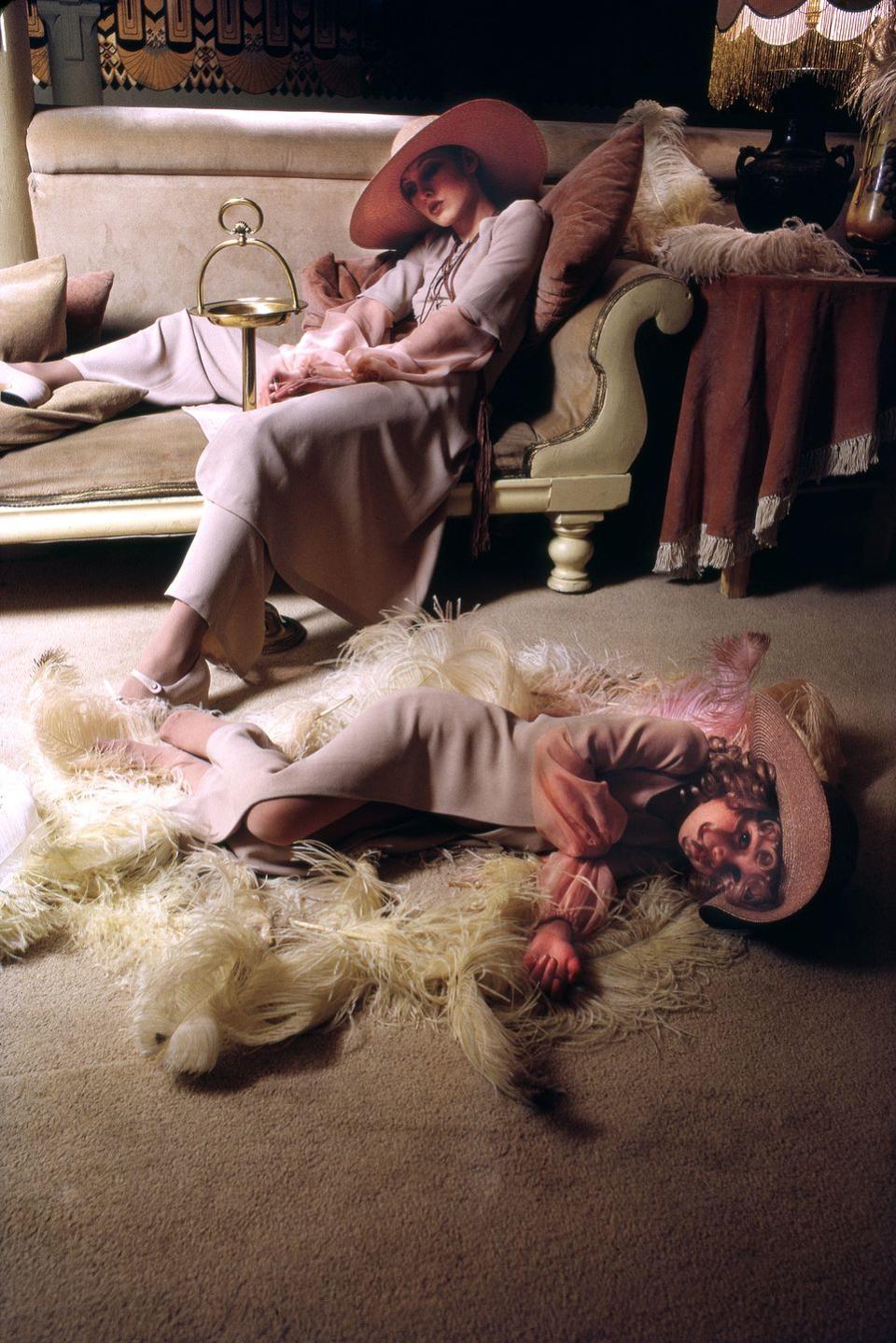
Under its legendary founder Barbara Hulanicki, Biba rose from a mail-order catalogue to a seven-storey department store on Kensington High Street. Never before had a company brought affordable fashion to the youth market, in a move that came to inspire the high street as we know it. Hulanicki was a true fashion revolutionary, creating the first full cosmetic range for black skin, and actively supporting the nascent queer community by advertising in the gay press, two decades before companies such as Dolce & Gabbana were to do the same.
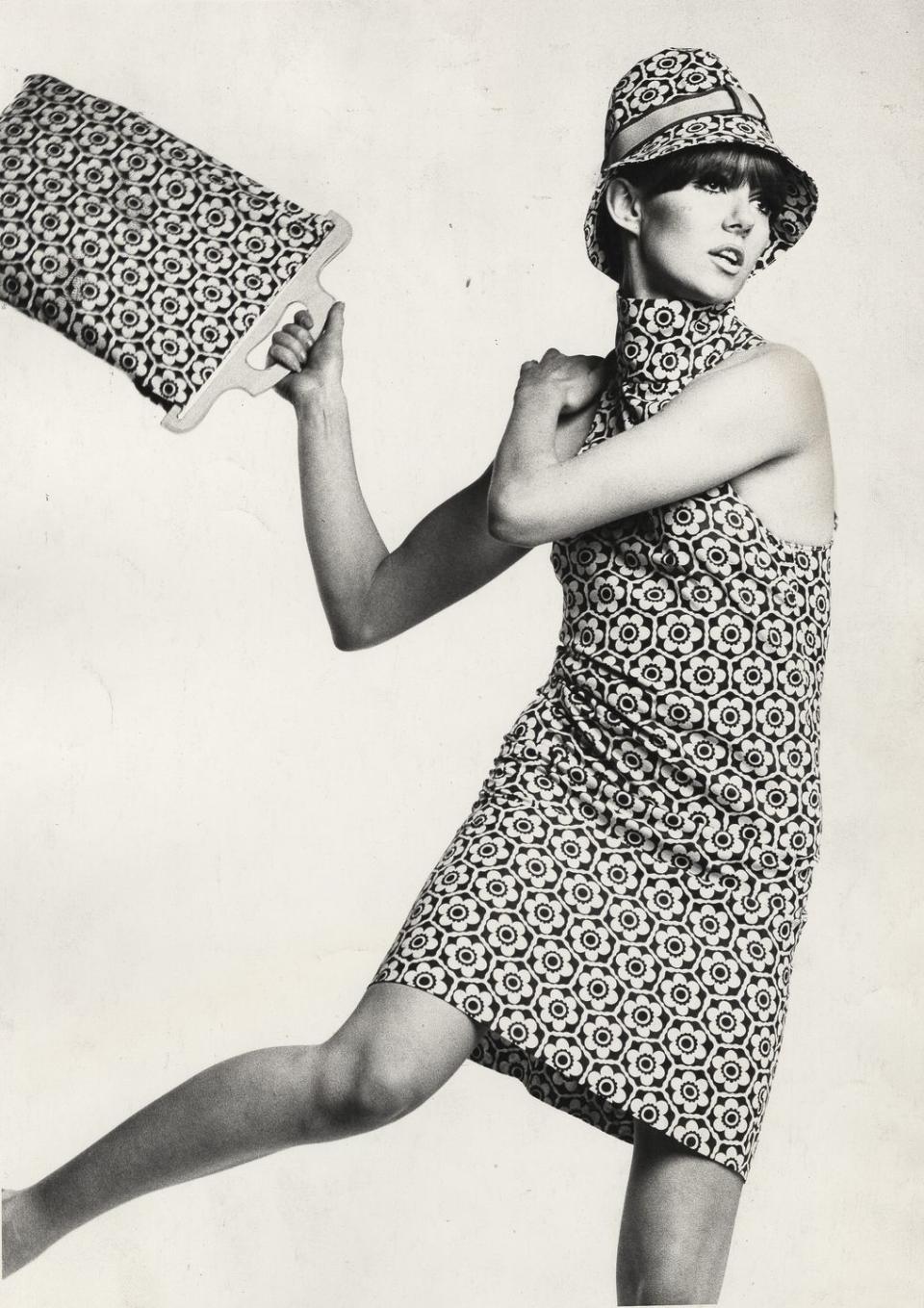
Showing the way in which Biba democratised fashion, the exhibition starts with a replica of the first ever mail-order Biba dress: a shift in pink gingham with a cutout back and matching headscarf, which quickly became a bestseller. A year later, Biba opened its first boutique on Abingdon Road, which became a centre for London's coolest clientele, including Twiggy, Mick Jagger, Pattie Boyd, The Beatles, Cher and Anita Pallenberg.
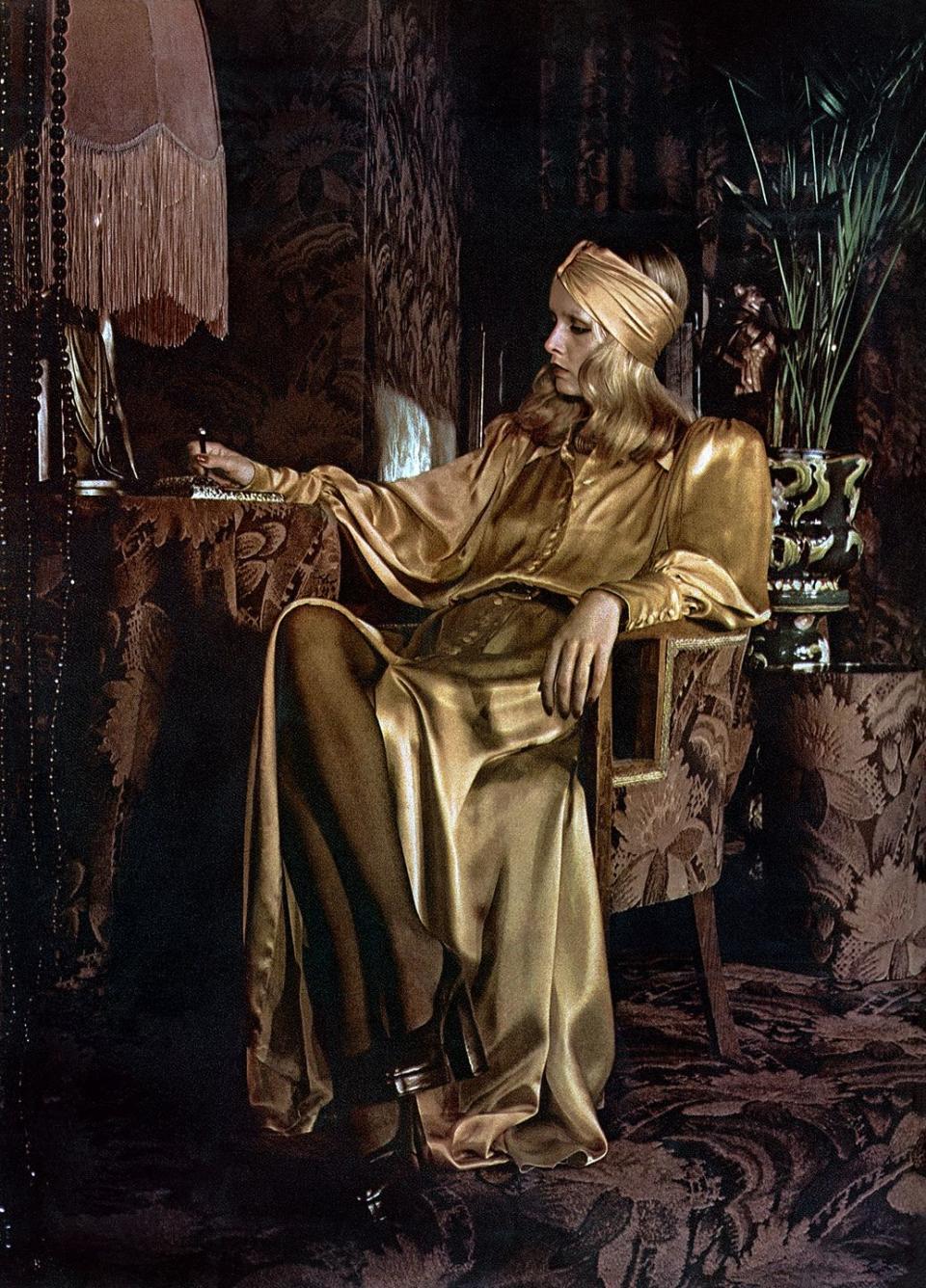
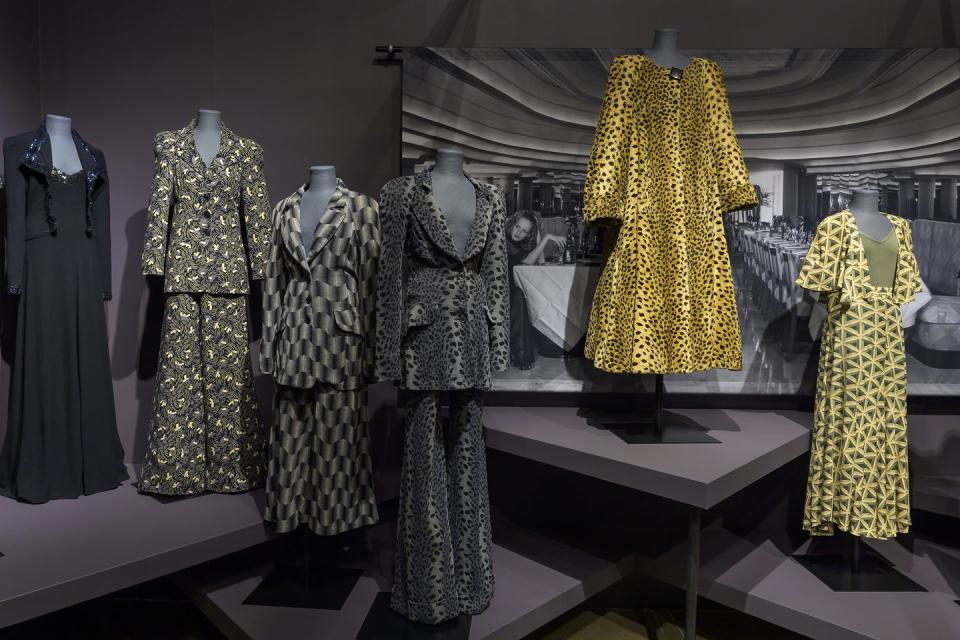
The exhibition charts the rise of Biba and Hulanicki’s radical and daring vision through more than 40 outfits – from maxi dresses and hacking jackets to trouser suits and bias-cut satin evening dresses – reflecting influences as diverse as 1930s Hollywood and the Pre-Raphaelite and Art Nouveau movements. These will be displayed alongside a selection of Barbara Hulanicki's unseen fashion illustrations, which show not only the development of the brand and its designs, but Hulanicki's exceptional talent as a fashion illustrator.
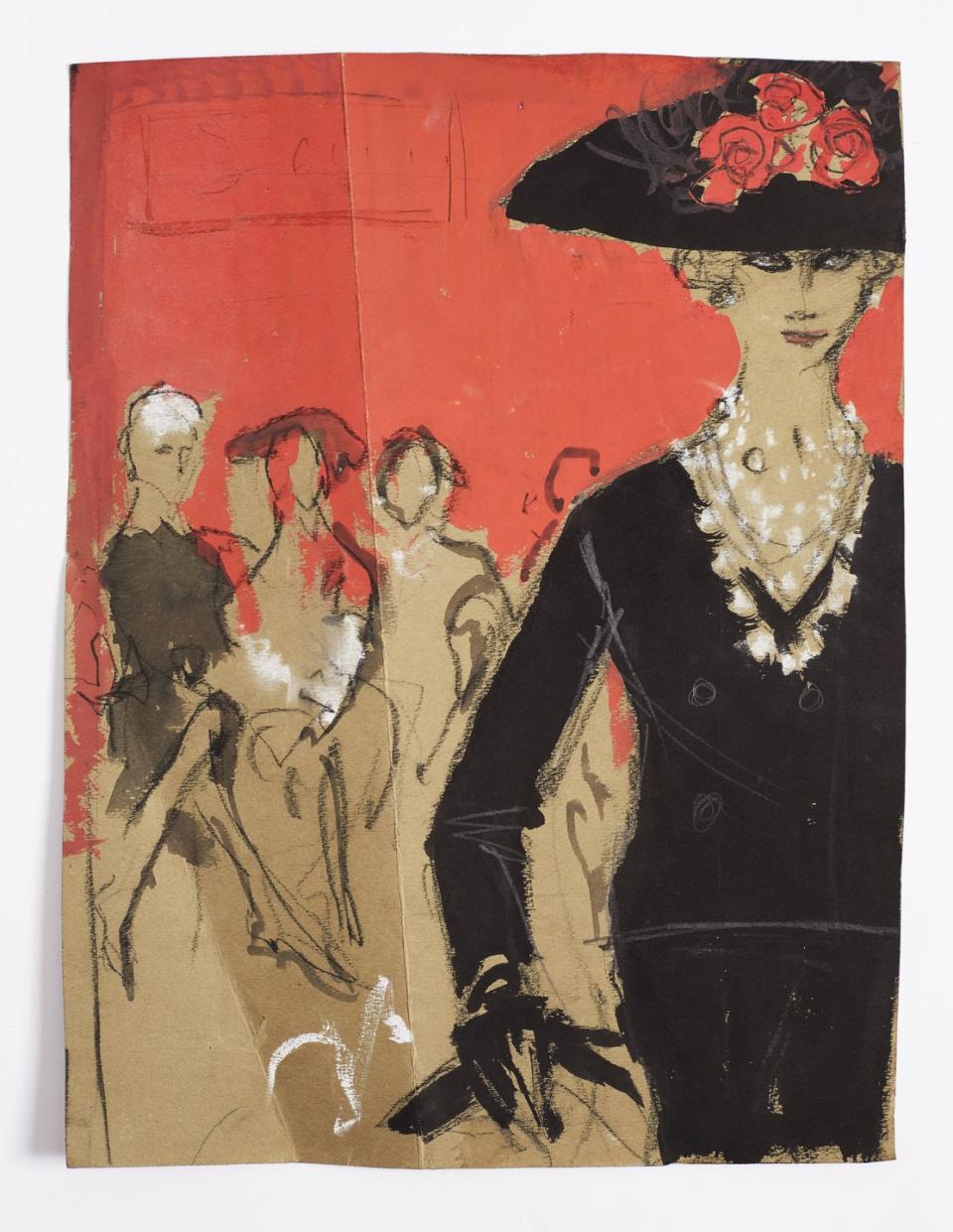
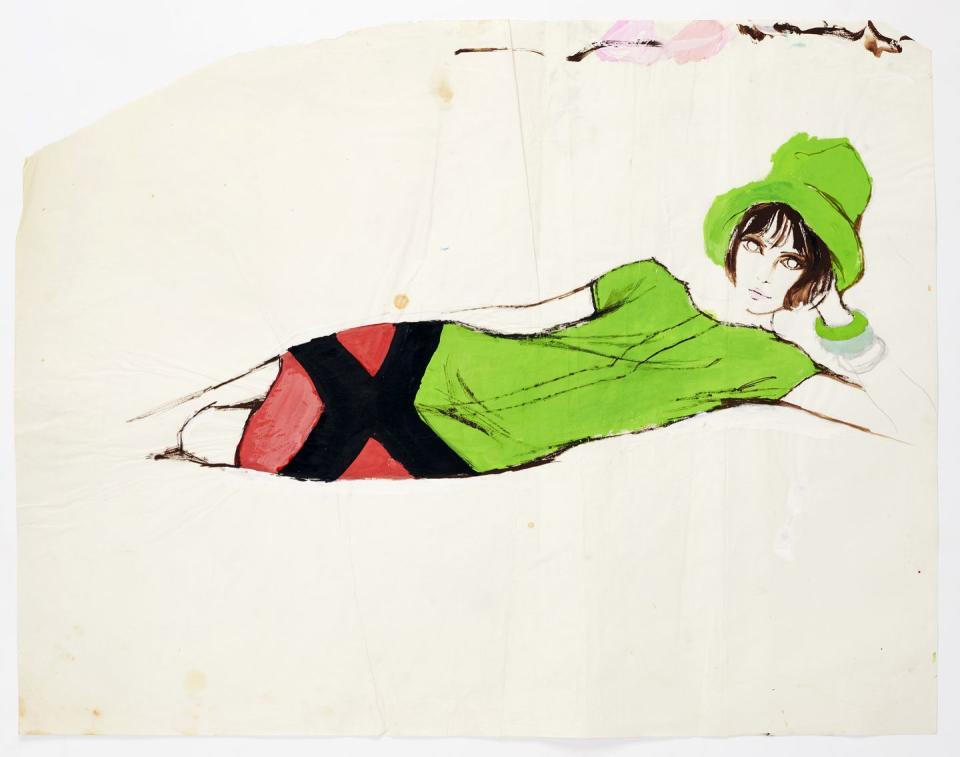
"Barbara Hulanicki's work as a fashion illustrator, beginning in the late 1950s, informed her designs for Biba," says Dennis Nothdruft, head of exhibitions at the museum. "Hulanicki was a highly successful commercial illustrator and in her drawings we can see the progression of her own style from Parisian couture to the Biba look. This reflected the wider cultural shifts in society."
Another section of the exhibition is dedicated to the Biba catalogues, which brought the brand to the rest of the UK. Photographed by Helmut Newton and Sara Moon, the graphics of the catalogues had a distinctive style that made them instant collectors’ items.
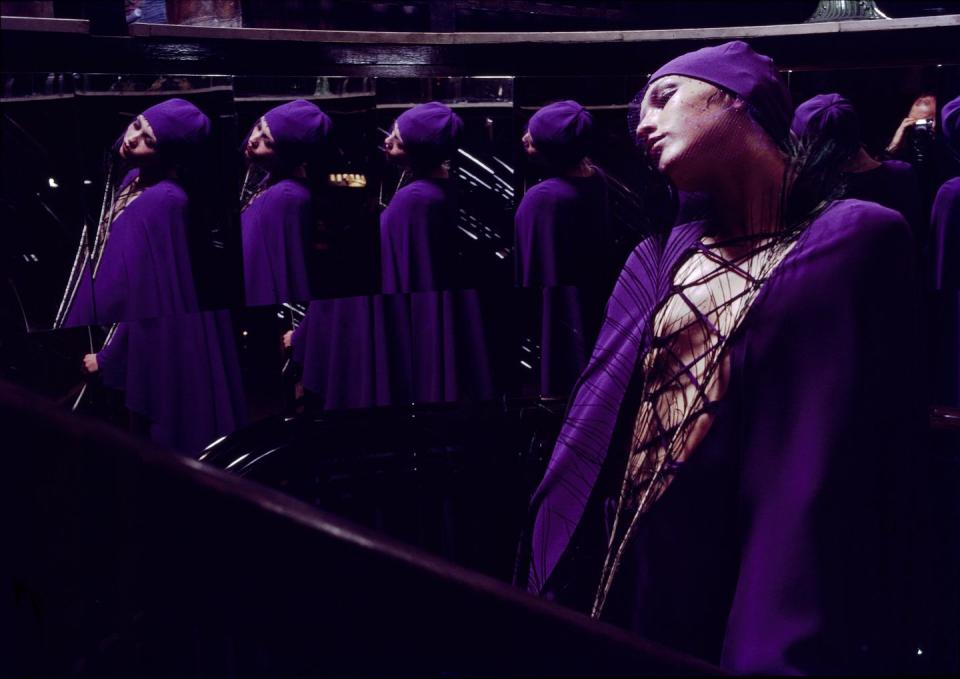
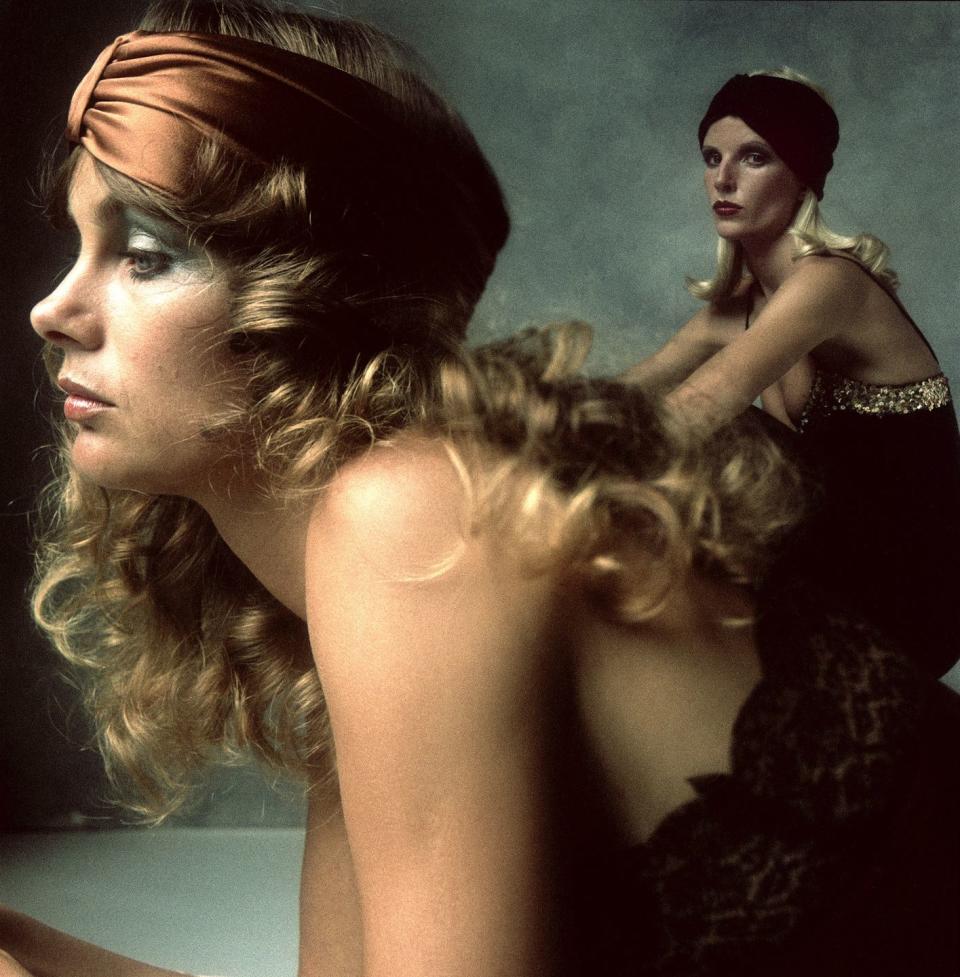
By September 1973, Biba had opened its enormous Kensington department store, selling own-brand products packaged in the distinctive Biba style, with floors dedicated to home furnishings, make-up and accessories, clothing for women, men and children, and even a food hall. Everything was available at 'Big Biba', from baked beans to wallpaper; there was also the famous roof garden (the largest in Europe) and The Rainbow Rooms, a 500-seater restaurant.
The exhibition's upstairs galleries showcase a selection of the lifestyle products that were on sale, demonstrating how, in just 10 years, Biba had transcended its origins as a mail-order business to become the first lifestyle emporium: a model that, like all of Hulanicki's inventions, has continued to inspire decades later.
'The Biba Story: 1964 to 1975' is on until 8 September 2024.
You Might Also Like


